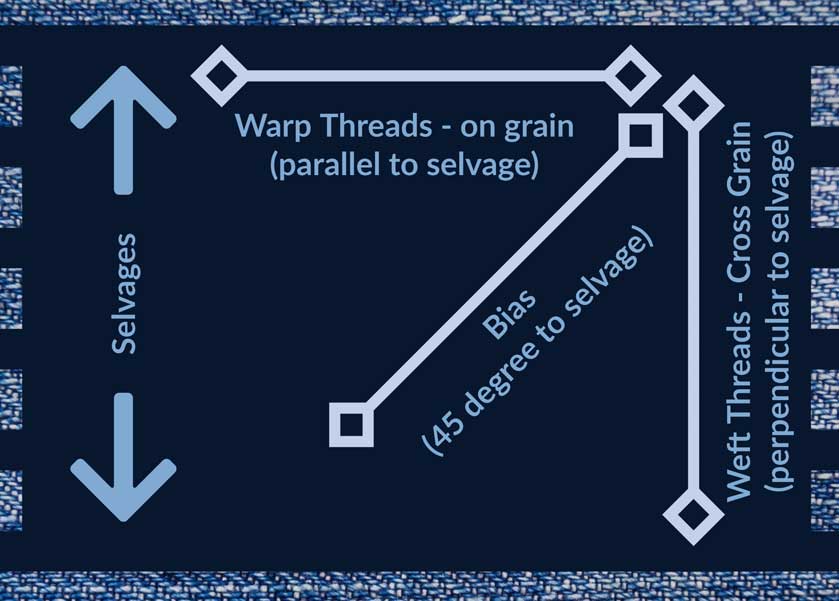Sheryl Belson, from the American Sewing Guild, spoke with actress, singer, sewing blogger and all around merry-maker, Marcy Harriell (a.k.a Oonaballoona). We’re sure you’ll love our 40 minute chat with this delightfully funny and wonderfully talented lady!
~Sheryl Belson






